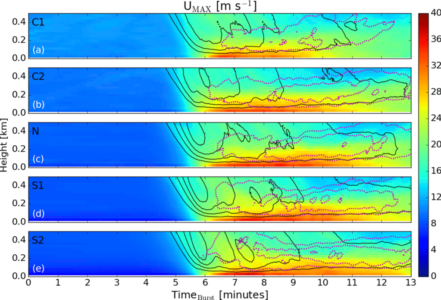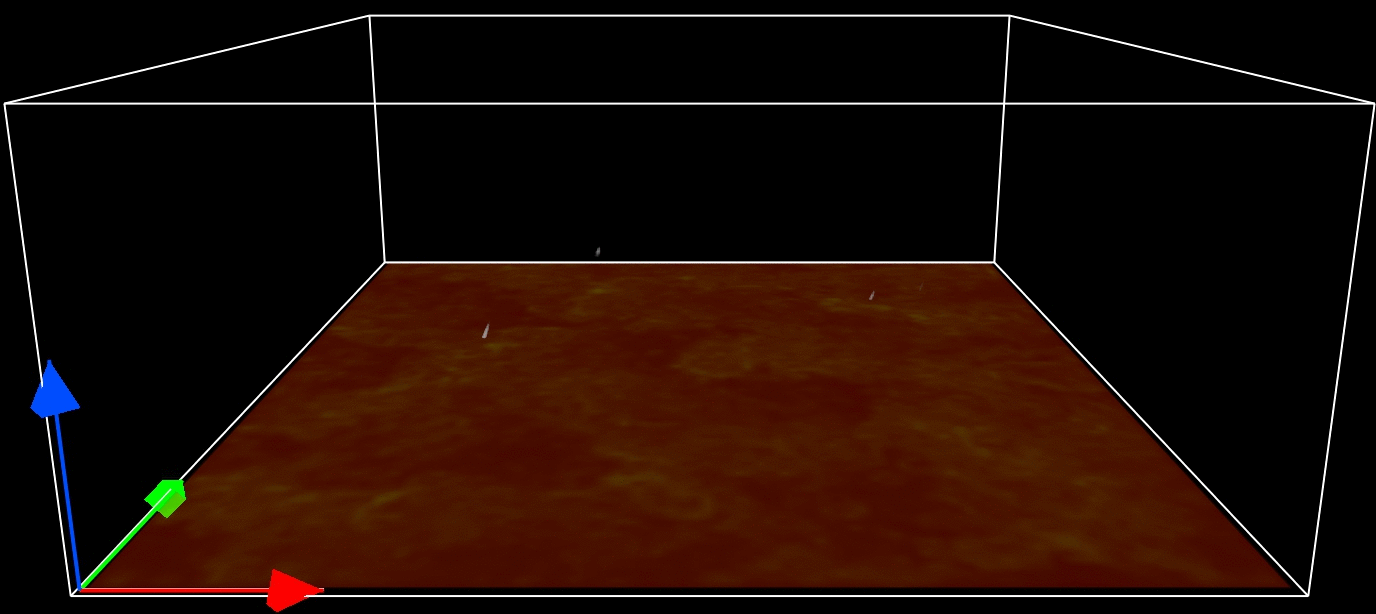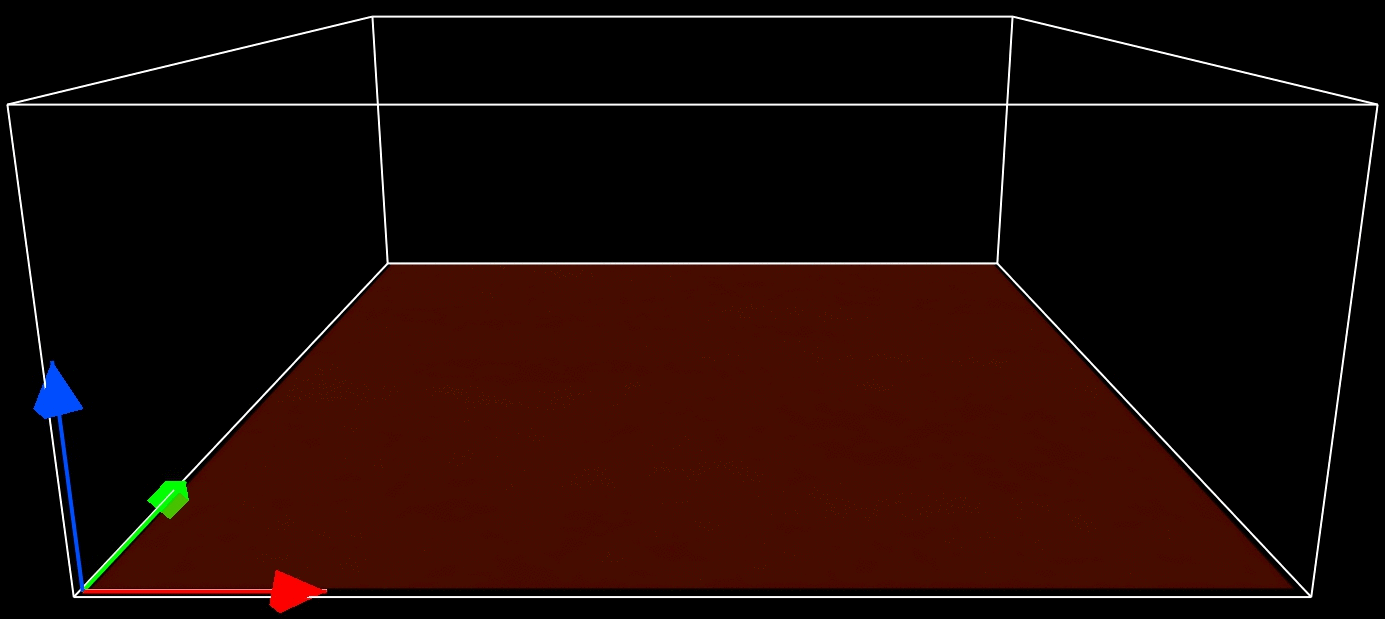Effects of Ambient Stability on Downburst Winds
Downburst activity climatologically peaks in the late afternoon (convective boundary layer) and early evening (weakly stable boundary layer). However, nearly all numerical simulations of downburst winds do not consider ambient turbulence and assume either a laminar ambient environment or an idealized turbulent field. In these studies, large-eddy simulations of the evening transition (when the convective boundary layer decays and the nocturnal boundary layer develops) serve as the ambient environment for several cooling-source downburst simulations.
It has been shown that ambient turbulence within the convective as well as the near-neutral cases can severely disrupt both the decent and outward propagation of the downburst winds. While it is unclear if thermals would be abundantly present directly beneath a downburst-producing storm, the impacts on the outflow propagation and ring-vortex development seem reasonable.


